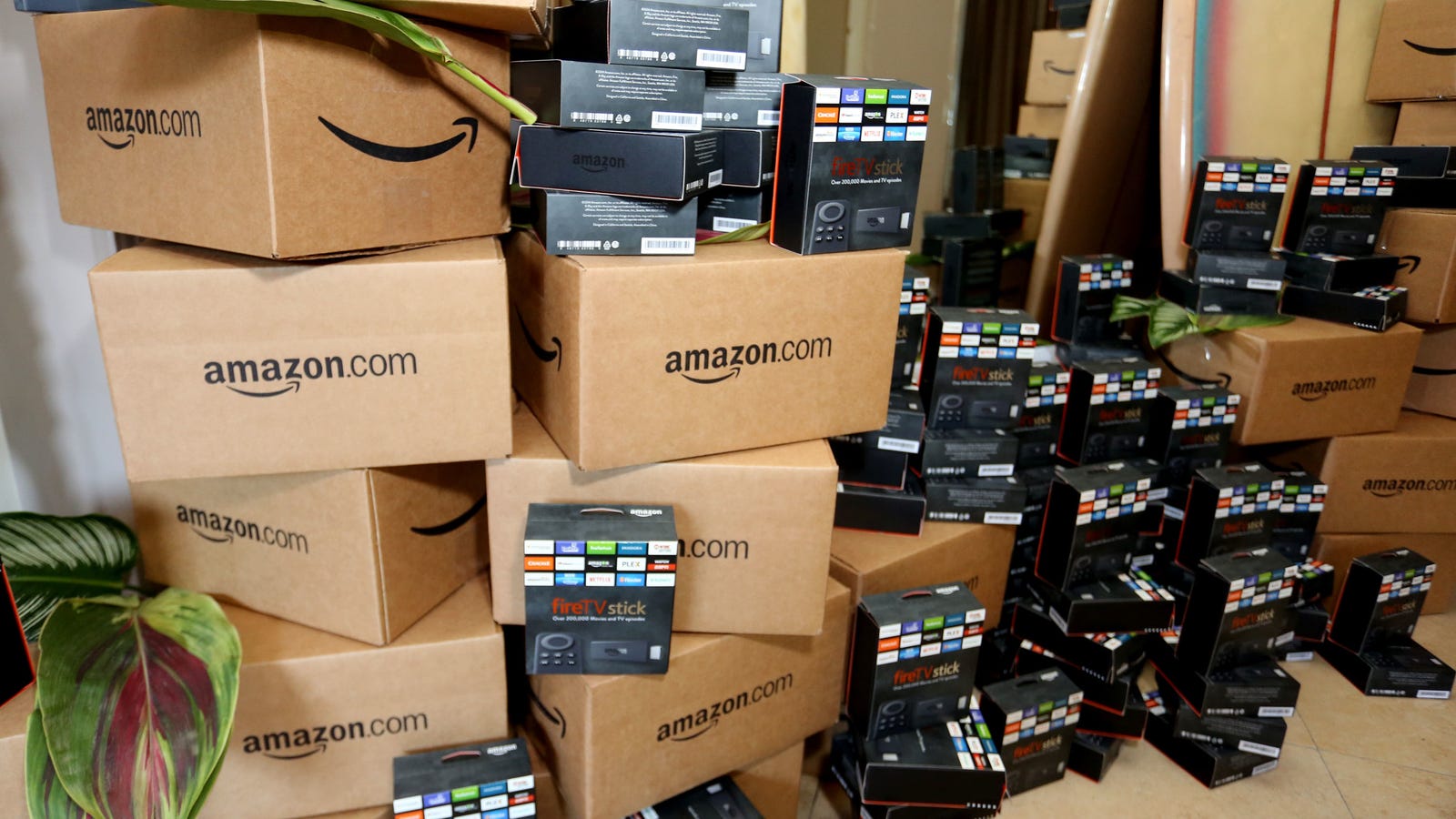These Brands Are Actually Amazon’s In-House Generic Lines
https://ift.tt/2IsnBnm

Amazon Echo, Amazon Tap, Amazon Essentials—all obvious Amazon lines you can pick and choose from as you compare them to name brands. But Amazon has a number of new, less publicized generic labels, which you could be buying without even realizing it.
In 2017, Amazon Elements was doing pretty well, according to CPC Strategy, selling things like cheaper baby wipes and batteries to a demanding public. But Quartz discovered that of the 800 trademarks Amazon had cooking at the US Patent and Trademark Office, 19 were connected to products that had Amazon.com pages, but not necessarily known to be produced by Amazon:
This year, Yahoo reports that these generic brands are doing really well, especially since Amazon acquired Whole Foods, which included the successful Whole Foods 365 brand. Part of their popularity is attributed to the online platform, which provides certain benefits to the seller that a grocery store shelf does not:
If a shopper were ever on the fence deciding between a generic and a name-brand product, a chorus of 5,000 Amazon reviews with a 4.8-star average is often enough to make someone trust the in-house generic. No one wants to pay more than they have to, and if you don’t care about buying a brand-name suitcase or electric kettle, the cheaper generic has a very good shot.
Amazon is currently heralding a “new” in-house brand called Solimo, which has generics of everything: razors, multi-vitamins, coffee pods. Solimo has actually been around since at least 2016, but it was targeted towards Indian consumers, according to the India Times. It has apparently been in their plans to upscale the brand globally for some time.
The company exists on a controversial line where it could be a benefit for consumers to know they’re getting products from Amazon; they guarantee a certain level of quality and perhaps an easier time returning or exchanging products through the website’s services. But these generic brands could also be interpreted as a sinister infiltration of our entire buying and delivery chain without much accountability for how that changes the marketplace.
As Quartz’s Mike Murphy wrote in 2017:
It’s now gotten to the point where it’s quite easy to pay Amazon three times in one order: for shipping, which you get access to through Prime, and for a product that’s actually just an Amazon-made product. And it’s possible to imagine a time when your clothes, your food, your TV shows, your gadgets and your furniture are all made and sold by the same company: Amazon.
On the other hand, a rose by any other name will still be delivered via Prime.
Tech
via Lifehacker http://lifehacker.com
June 26, 2018 at 01:23PM
